I agree completely, though it’s possible to have a fine high summer garden using plants that only need to be tended in the spring and fall. The big lilies--trumpets, orientals, orienpets, and many species lilies—stand out for carefree summer growing, along with such things as gladiolus, phlox and any number of hybridized field flowers.
That's why gardeners don’t usually get to see their own gardens. Gardeners tend to see what they are trying to do—imaginary things no one will ever see—or they most easily notice the things they are failing at—rather than what, if anything, they have succeeded at. The garden tools themselves command most of the attention. Otherwise they turn on you. Like our old Holocene monkey-folk ancestors used to say, “When you pick up a tool, you’re shaking hands with danger.”
Meanwhile there’s no telling who or what shares the garden with us. We haven’t got time for that sort of thing.
Then summer ends and with fall comes the inevitable next book. As of yesterday, Shad River is freshly available on Amazon Kindle. History—where does it come from? What is history anyway, but the stories of peoples’ lives? People begin as members of families, then as members of communities. Families and communities are the raw sources of history. In Shad River, place is the protagonist. Individuals and families come and go while time melts and reforges a river-crossing community that began before history in the Virginia mountains and has had many faces since. Shad River is a picture of that history’s American moment.
A tiny handful of people around the world have run across Rockfish, my old terribly long experimental historical novel. The Rockfish enterprise entangled itself with decades of my life, which was never my intention, but it made a useful proving ground. Saying goodbye to this OOP oddity required writing Shad River instead. Shad River is retrospective writing--naturally, as a historical novel, but also structurally as a look back on a former book. It will take a couple of weeks to produce a paperback version for those like me who prefer a hard copy, but that is coming soon. Meanwhile Shad River is done, and summer is done, and I can return to my macaques and roses, because fall is when the real garden work gets done.

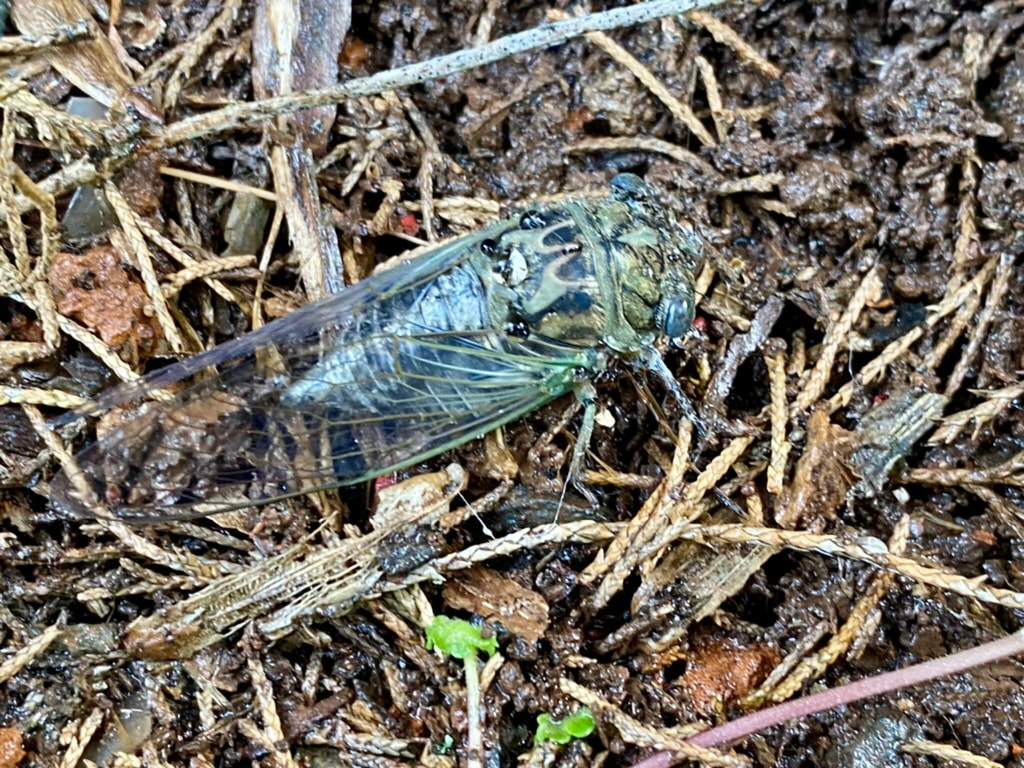
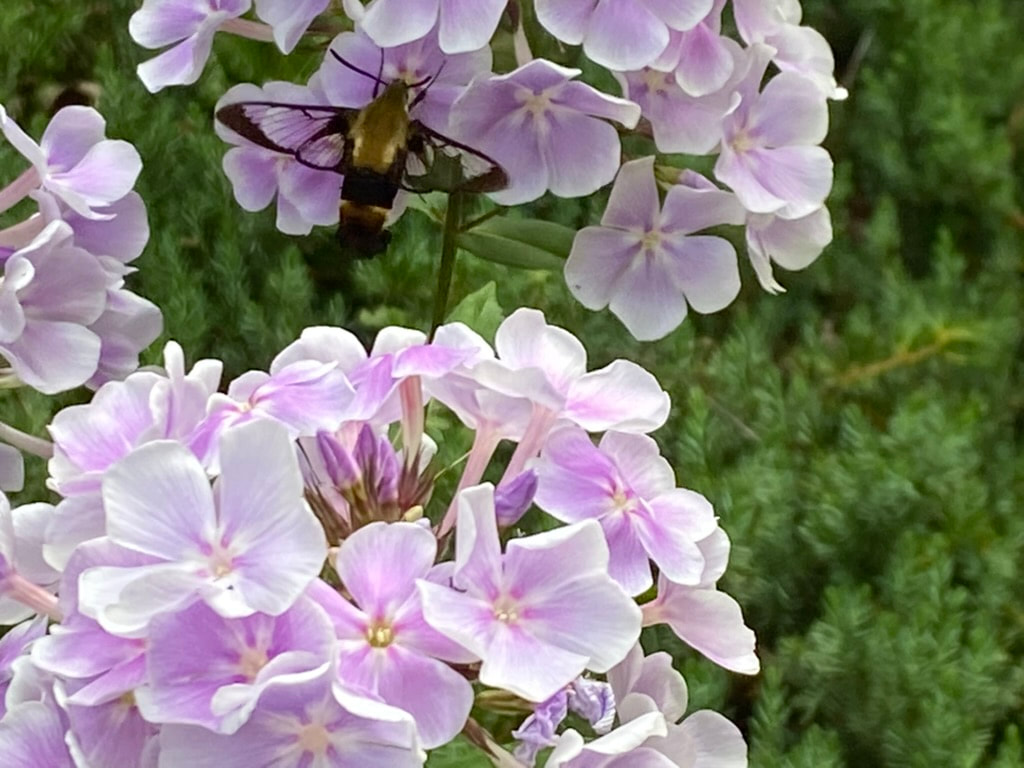
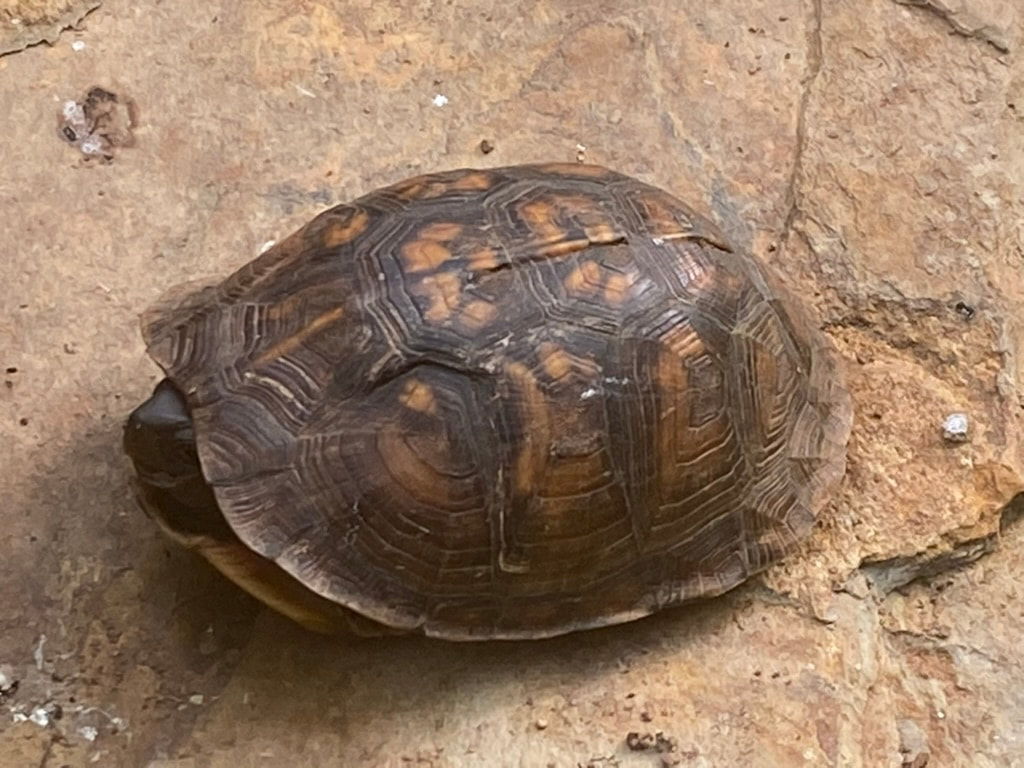
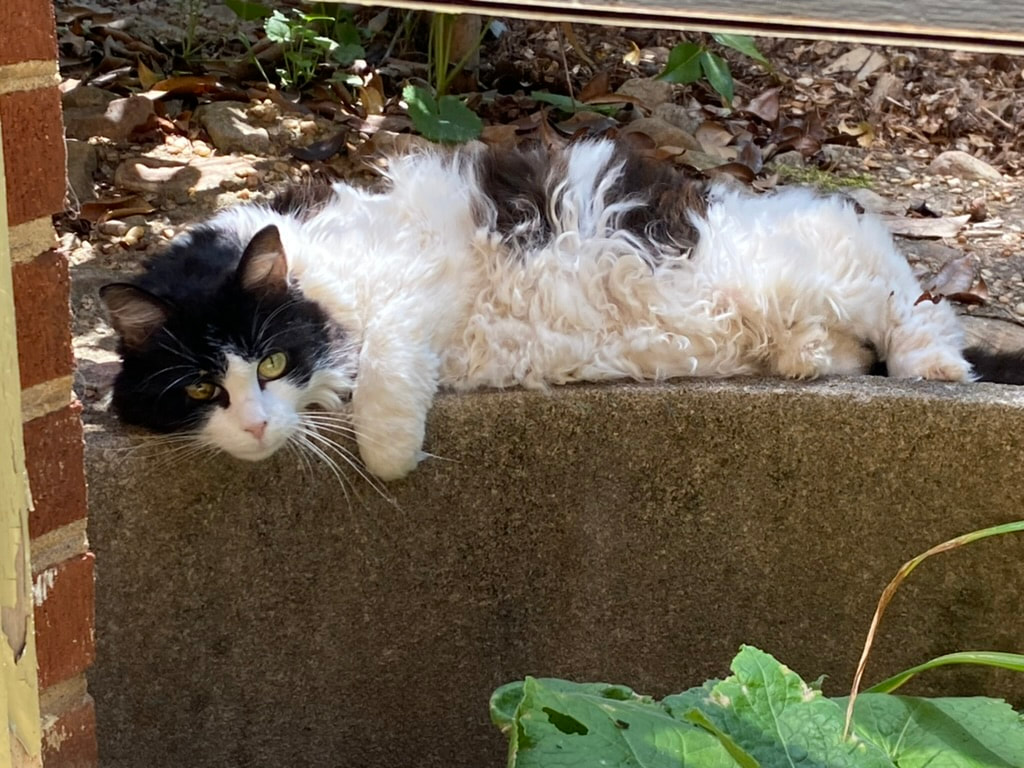
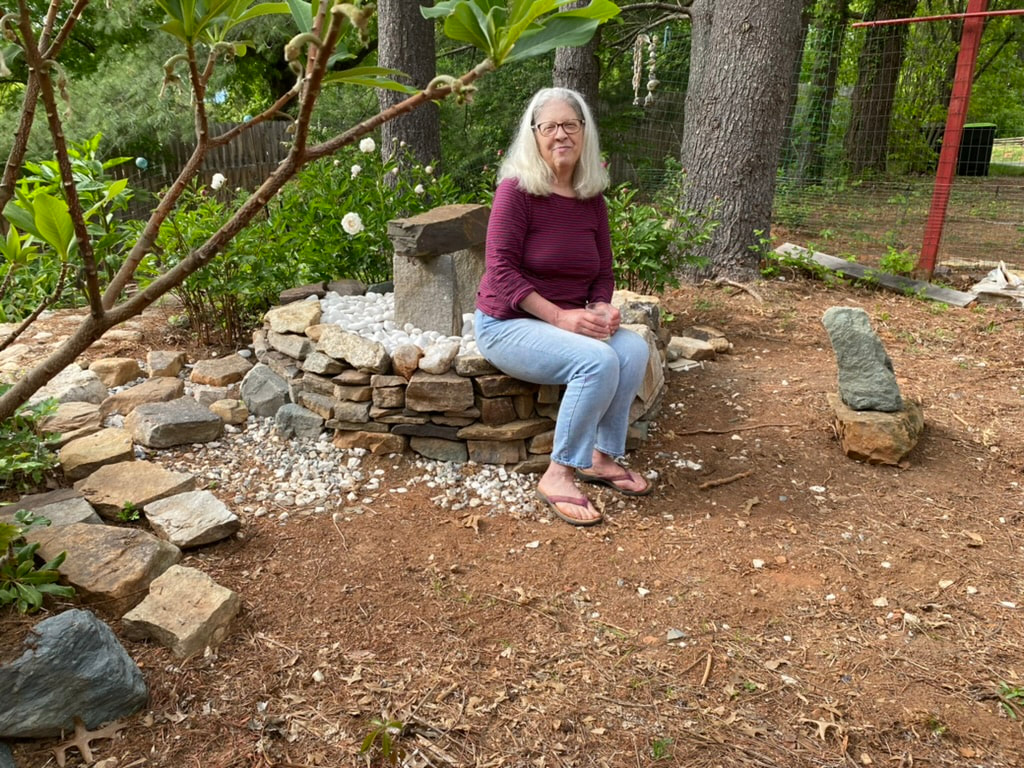
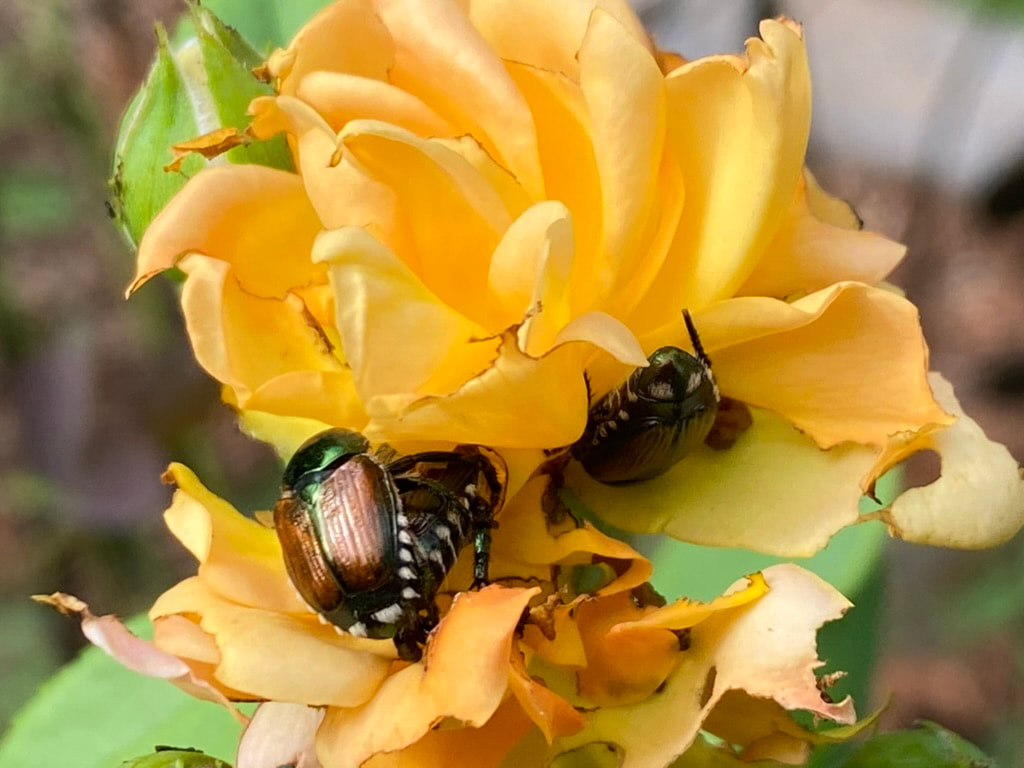
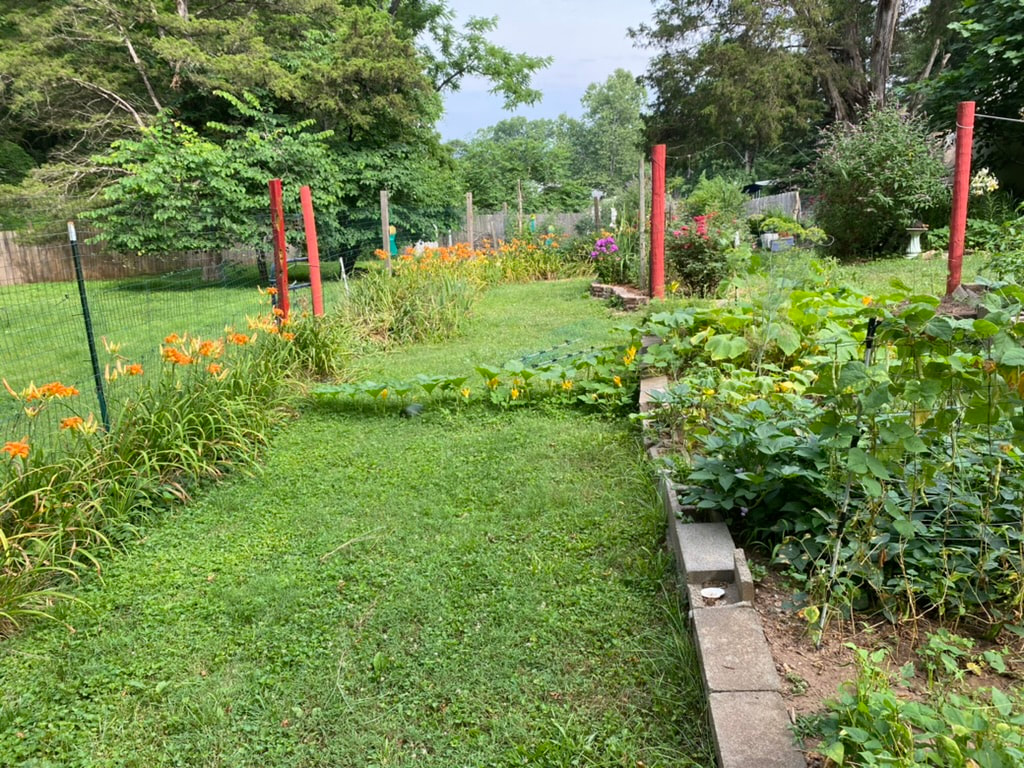
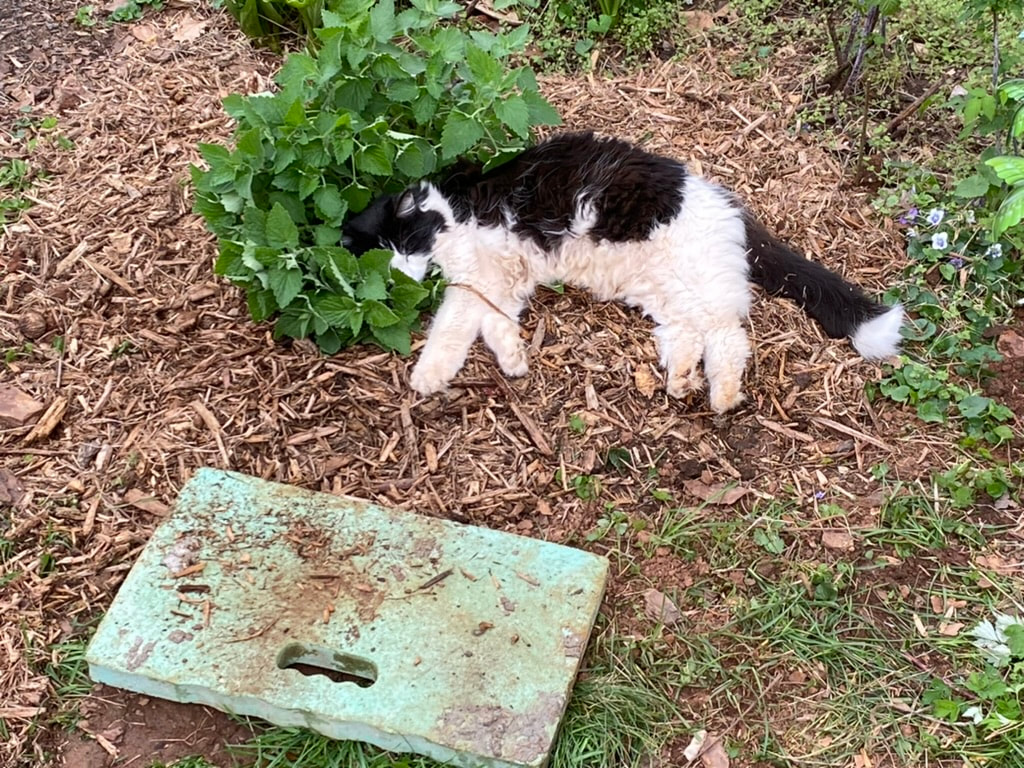
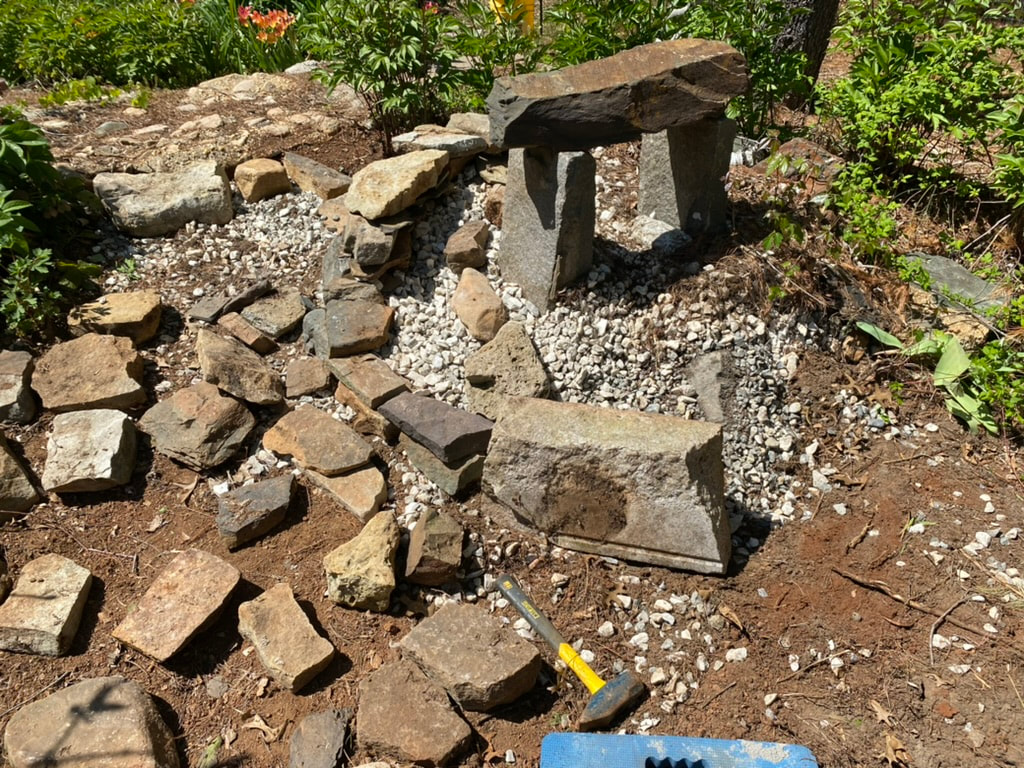
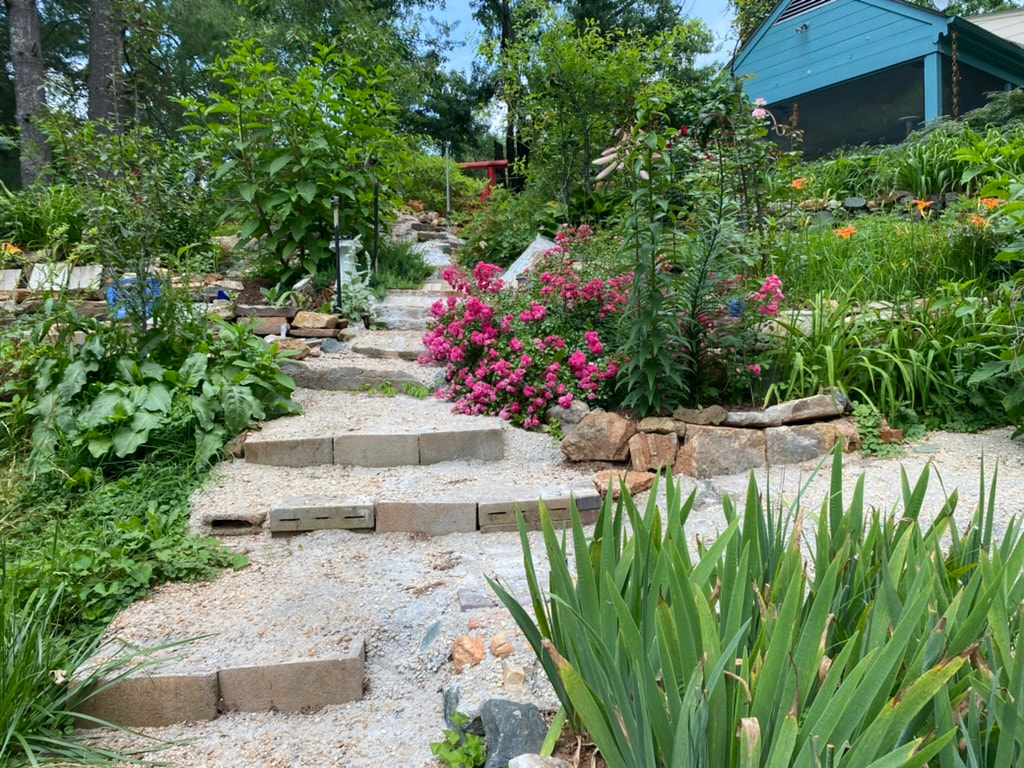
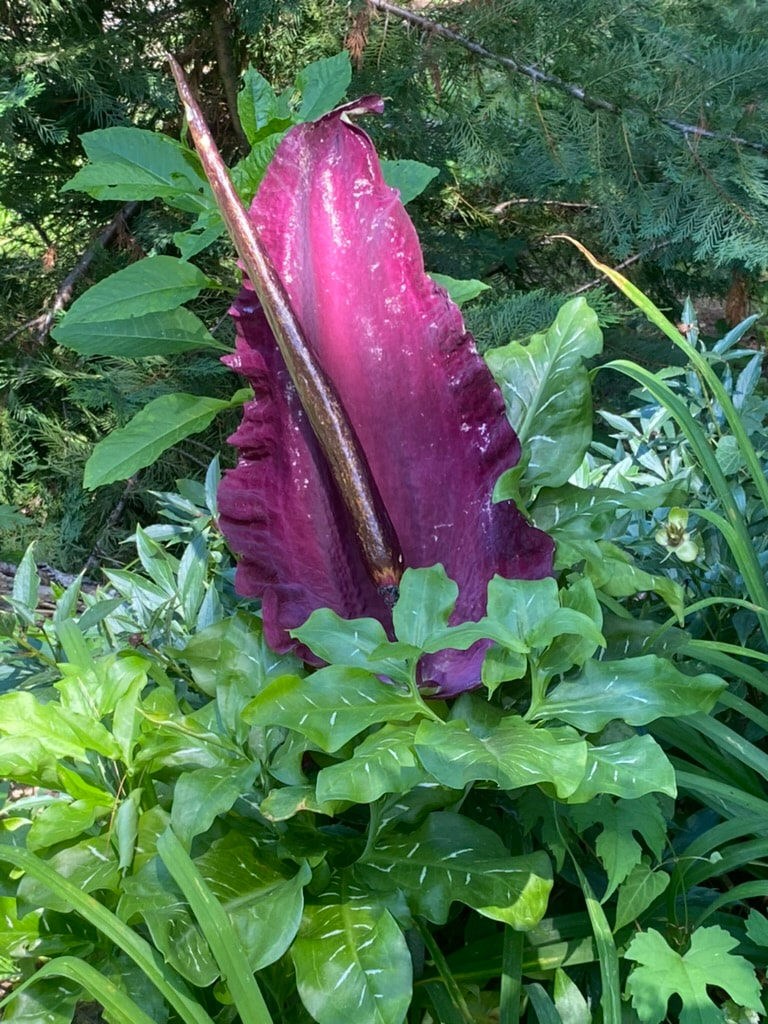
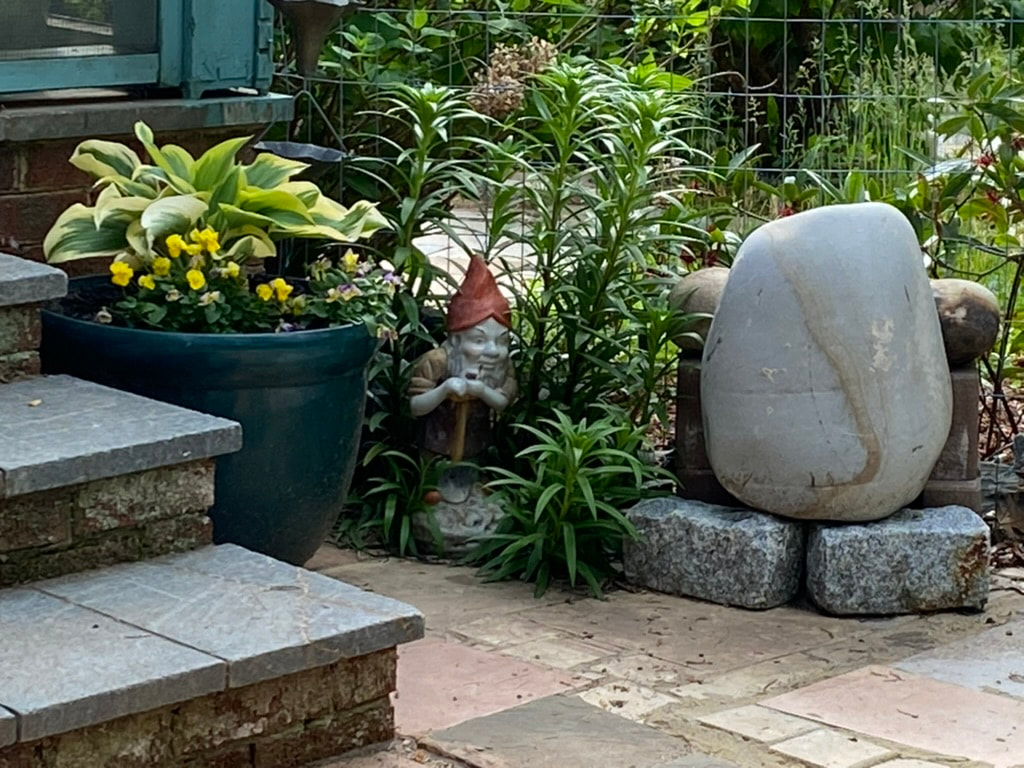

 RSS Feed
RSS Feed